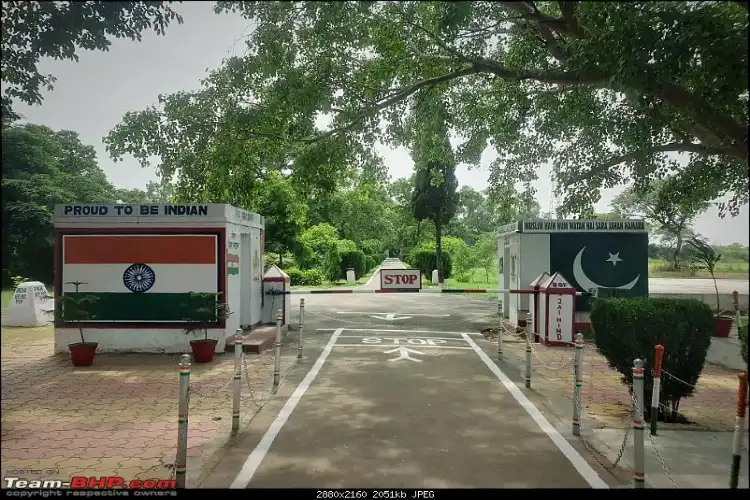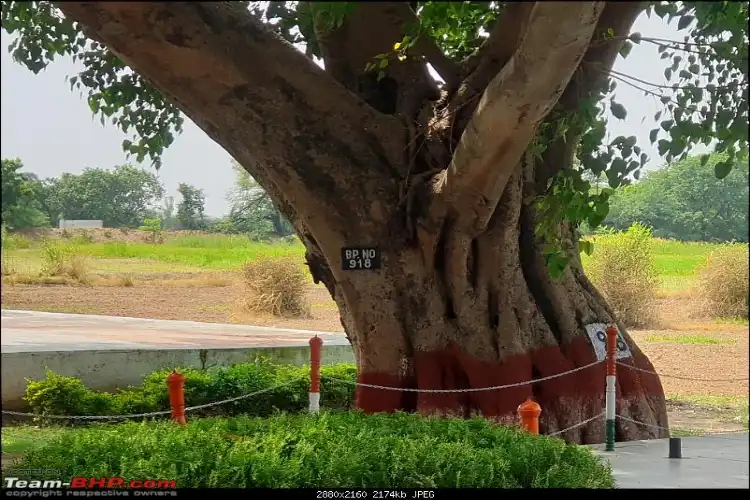
Altaf Hussain Janjua/Jammu
There are many events and things related to the tragedy of the partition of the Indian subcontinent in 1947 that divided the people, the land, and the relationships. Man-made borders may stop people from crossing into countries but nobody can stop a tree from growing and spreading across the borders. One such old Peepal tree stands between India and Pakistan at the Suchetgarh border in Ranbirsingh Pura, Jammu. Half of it is in India and half in Pakistan.
Its shadow keeps shifting with the sun's direction. This Peepal tree, right in front of the old outpost in the Suchetgarh area, 35 km from Jammu city, is a fascinating story.
Before 1947, Jammu Sialkot Road was the only link to Jammu The outpost is located on the road that was closed after the partition. An old building there houses the Border Security Force personnel and facilitates the check-in of incoming tourists. Jammu-Sialkot road is still in good condition but only UN observers use it from the border crossing.
Sometimes relatives from India and Pakistan meet each other standing across the border here.
 Pillar no 918 inscribed on the Peepal trunk
Pillar no 918 inscribed on the Peepal trunk
Two huge iron gates are used to close the road on both the Indian and Pakistani territory; in between these lays the zero line and the iconic Peepal tree. This tree serves as a border pillar. Again it was under the shade of this tree in 1974, that top military officers of the two countries exchanged a map of the border and reposed their faith in the sanctity of the international border.
Again, as the two countries were on the brink of war, their military officers met under the same tree. The correspondence between the BSF and the Pakistani Rangers was also exchanged under it. This Peepal tree is a major tourist attraction. There are concrete milestones indicating the distance from this point to Lahore, and Sialkot.
There used to be pillar number 918 when suddenly a Peepal sapling started growing out of it. Today's India-Pakistan tree is the same sapling. The concrete pillar has got embedded in the trunk of this peepal tree. Pakistani Rangers and Indian Border Security Force decided not to chop down the tree and marked it as number 918.
Before the partition, the Jammu-Sialkot railway also passed through the same area, covering Bikram Chowk railway station, Jammu, Ranbirsingh Pura, Miran Sahib, and Suchetgarh. The RS Pura railway station is in a dilapidated condition; its building is in ruins. outside the station, the lever that was once used to change the track is there. The railway track has disappeared as refugees from West Pakistan and Pakistan Occupied Kashmir have built their homes on the border.
Also Read:Reena Chibber gets rousing reception in Rawalpindi
The government has decided to preserve the heritage railway station. It is one of the oldest railway tracks in the country and was operational till 1947. Its site was transferred to the Department of Transport in 1954, but the main remains of the railway station remained intact. There is also a water pump with "Made in England in 1869."
